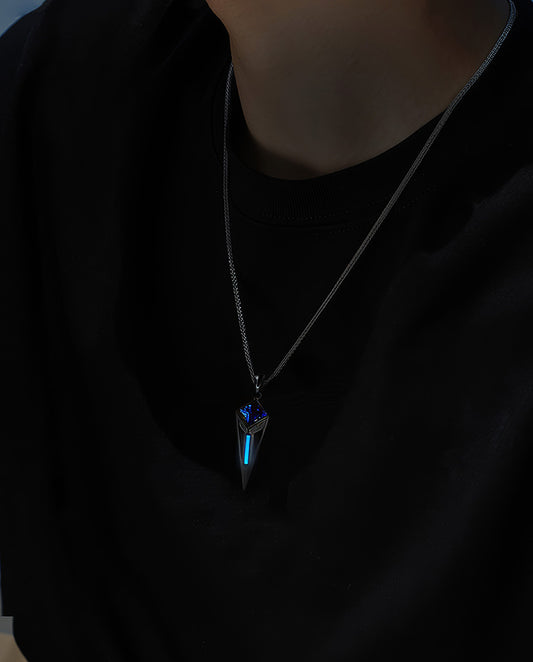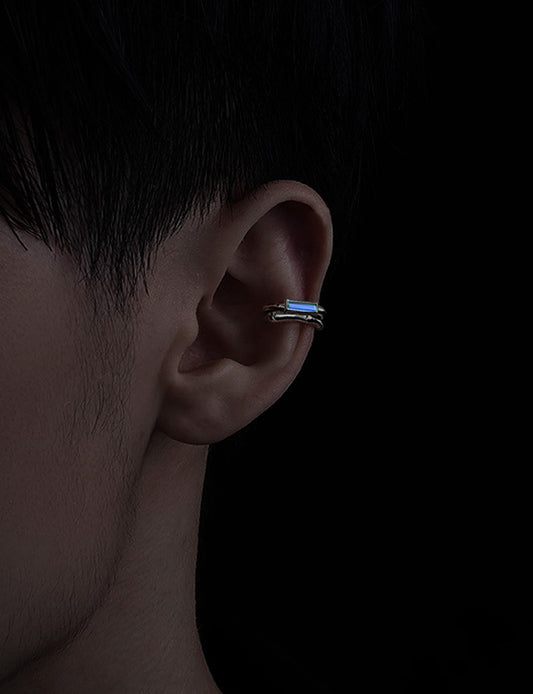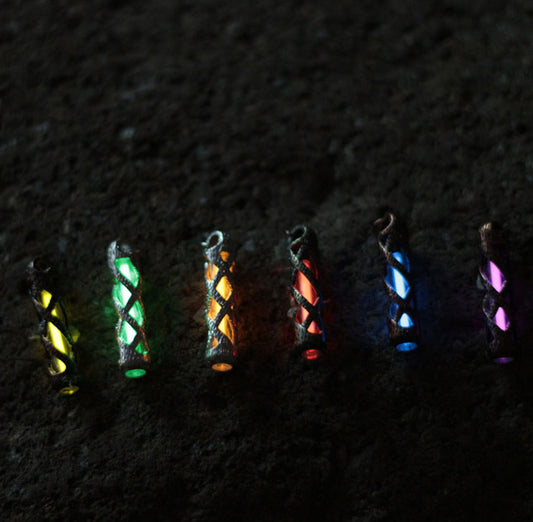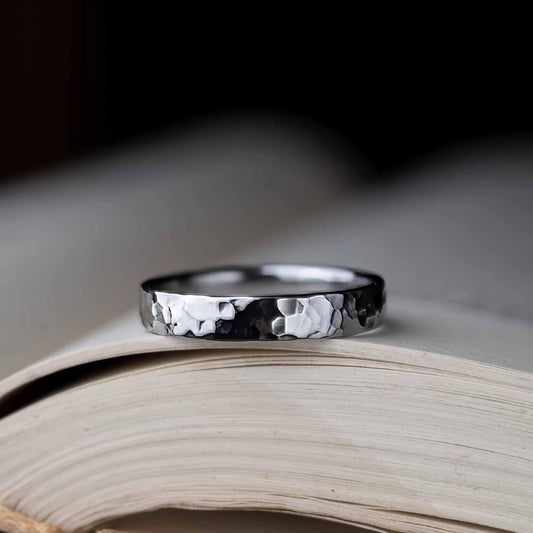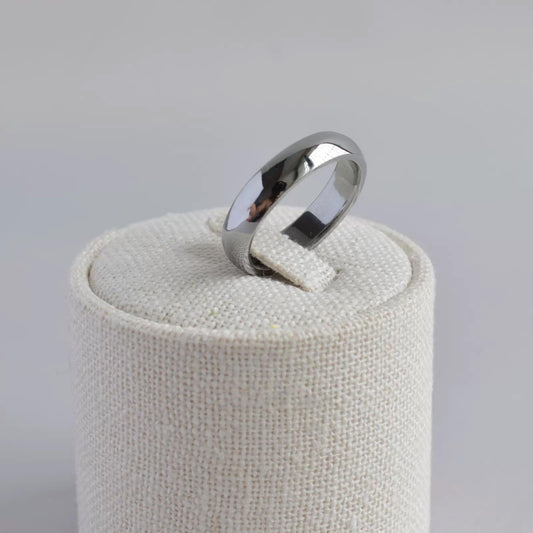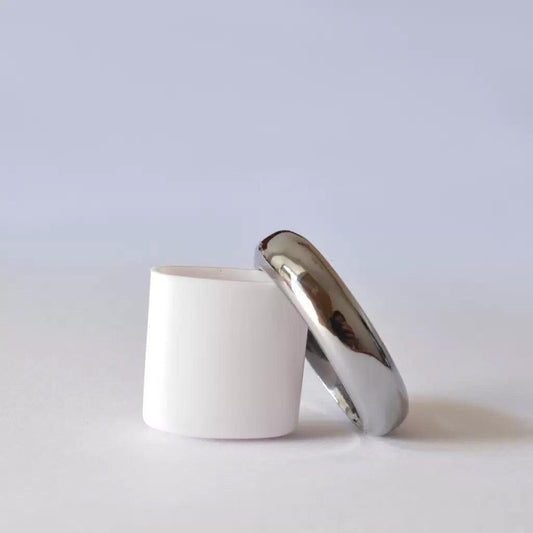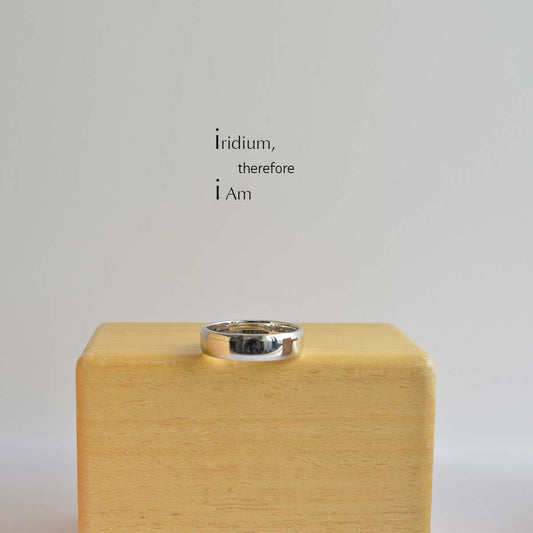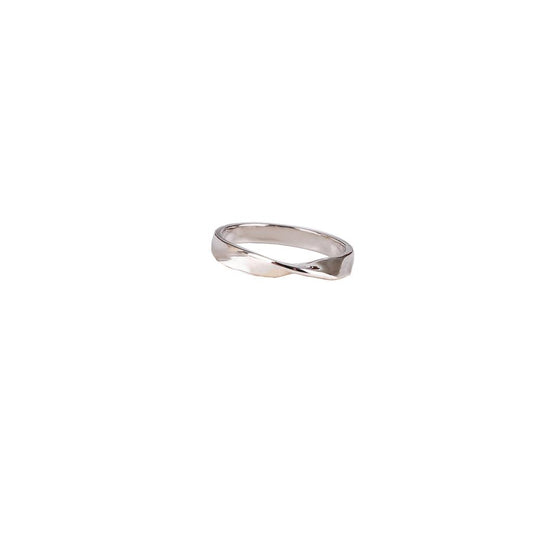Angelic Themes A Touch of the Divine in Everyday Life
Angelic Themes A Touch of the Divine in Everyday Life
On a crisp autumn afternoon, not too long ago, I found myself wandering through an antique shop that seemed trapped in time. As I meandered through the narrow aisles cluttered with remnants of past lives, a small painting caught my eye—an angel, depicted in soft, muted colors, cradling a child. There was something familiar, yet ethereal about it; I couldn’t help but pause. This serendipitous encounter sparked a curiosity about angelic themes and their persistent influence in our everyday lives.
Angels, those celestial messengers, have been with us for centuries. They appear in numerous forms across cultures, whispering a universal language of hope, guidance, and protection. In Western societies, angels often evoke a sense of the divine, bridging the gap between the earthly and the heavenly. Whether it’s in literature, art, or even pop culture, these winged beings often symbolize comfort in times of uncertainty. It’s fascinating how something as intangible as an angel can wield so much power in human imagination.
Art and architecture have long embraced the angelic motif. Think of the grand cathedrals with their stained glass windows, where angels are portrayed in resplendent hues, guiding worshippers with their serene gazes. Each intricate detail in their depiction tells a story, often reflecting the societal values of the time. An art history aficionado might point out how angels evolved from strict religious symbols to more romanticized, even humanized figures during the Renaissance, mirroring the shift towards human-centric philosophies.
But the impact of angelic themes isn't confined to the grandiose or historical. On a personal level, these themes can manifest in the most unexpected ways. My grandmother kept a small angel figurine on her windowsill—a delicate porcelain guardian that seemed to watch over our family during gatherings. It wasn't just a decorative object; for her, it was a reminder of peace and family bonds, a silent witness to love and laughter filling the room.
In modern times, while the explicit portrayal of angels might seem diluted in everyday life, their essence subtly permeates areas we often overlook. Consider the fashion world, which occasionally draws upon angelic imagery to evoke elegance and purity. The flowing lines of a gown might mimic the serene grace of an angel’s robe, perhaps unintentionally reminding us of an idealized form of beauty and transcendence.
Perhaps what’s most compelling is how, regardless of how secular our lives might become, we find ourselves returning to these timeless symbols. In moments of reflection or strife, there is comfort in the idea of someone watching over us, of there being something greater out there looking out for our wellbeing. Maybe I picked up that painting from the antique shop for this very reason—a small, tangible reminder that sometimes, in the chaos of life, there are gentle forces quietly offering solace.
As I left the shop that day, the painting tucked carefully under my arm, I realized that angelic themes are less about the literal depiction of angels and more about their embodiment of our deepest aspirations—peace, love, and the hope that perhaps, we are never truly alone. And honestly, isn’t that a comforting thought in our ever-changing world?


